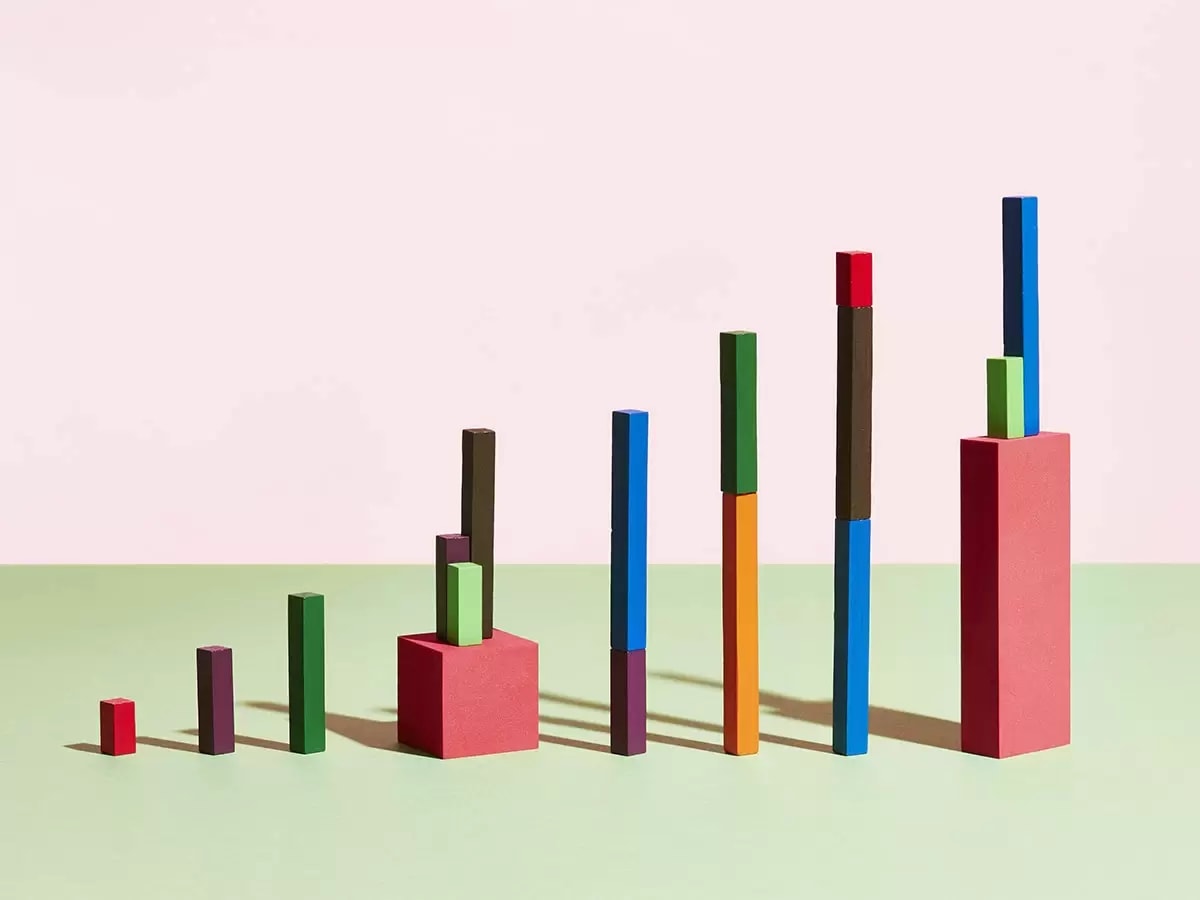Compounding is the process of making interest or gains from accumulated interest or gains. Albert Einstein called compounding the eighth wonder of the world. Warren Buffett, one of the world’s most successful investors, warns against timing the market but encourages time in the market.
The power of compounding is subtle at first but can build over time. Take, for example, a UK compound interest investment of £100 that earns 10% interest on investment. After one year, that £100 is £110, and now that amount earns 10% interest. As a result, the next year you will have £121. That extra pound is the effect of compound interest. Over many years, compounding can become substantial.
Interest and dividends compound returns because the funds received can be reinvested, and those funds received earn interest or dividends too. This helps to grow capital more quickly, compared to interest and dividends being removed from the account.
Price growth of an investment also tends to compound upon itself. For example, if a stock gains in price by 1% one day and then another 1% the next day, the second day’s 1% gain will be on top of the initial gain.
The more quickly gains/interest/dividends are received, the more quickly the money can be compounded upon. Getting paid interest each month is better for some than being paid once per year. Those initial interest payments can be reinvested and may benefit from the interest payments for the rest of the year.
Simply being invested in stocks also results in compounding (even without dividends), albeit indirectly, assuming the company is growing. Companies can compound their growth by reinvesting their profits to produce more revenue and profits. If the company does this well, it will likely be reflected by a rising share price over time.

















